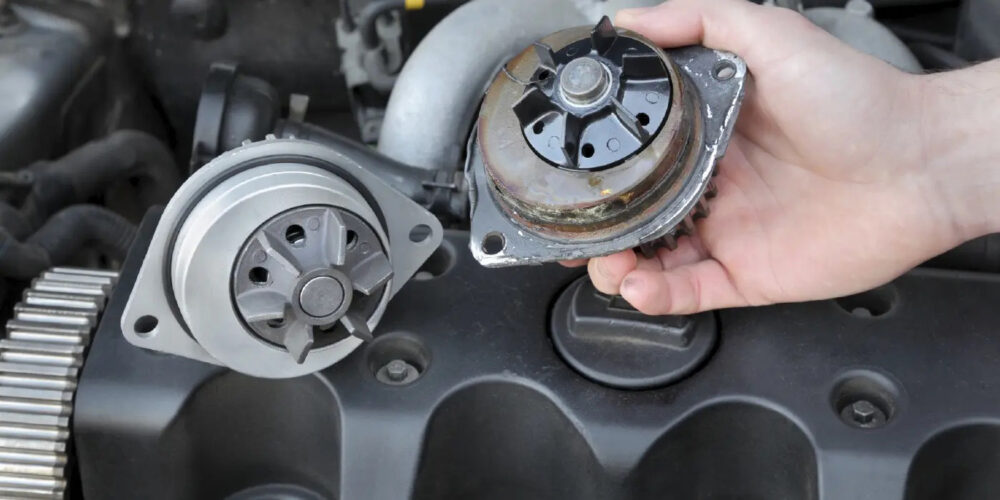A couple of weeks ago, I was driving through Southern California and realized I was just a few miles away from a friend of mine who represents the technician side of the business. I had a little time to kill before my next appointment, so I decided to stop in and say hello. While I was waiting for my friend to return to his shop, I took the opportunity to look around and observe the many facets of his successful business.
It wasn’t long after he returned from his errand and greeted me with a bear hug, that we began to discuss the challenges and complexities of our seemingly different areas of the aftermarket. What could be more different than an technician and a distributor? The technician (my friend) is constantly seeking the most favorable acquisition costs and effective service on the highest quality parts available, and the distributor (me) has spent his whole career attempting to deliver the value that this technician perceives, all in an effort to earn the technician’s business and grow his own.
Doesn’t it seem like we are on opposite sides of the fence? My gross profit against his acquisition cost. My expensive delivery service against his desire to have everything as fast as possible. My exploding inventory cost against his demand for me to have what he needs on the first call. And his demand for quality components against my desire to obtain parts that allow for greater margins on the competitive selling prices he is searching for.
As our conversation continued, we began to notice that our discussion was relevant to both of our businesses. We started seeing the similarities in our desires and we began thinking of all of the ways both of us could get what we wanted, if we, distributor and technician, really worked together.
Before I left, my friend asked a simple, yet profound question: “Everyone is talking. Is anyone listening?” I thought about what he had asked for quite a while and realized the importance of the question.
Other than just a few years spent working in service stations as a kid, I have spent my entire 35 year career on the supply side of our industry. In the aftermarket, technicians are our lifeblood, but they also represent several forces working against our businesses.
As parts distributors seek greater margins to cover increased operating costs, their technician customers are constantly encouraging lower acquisition costs. Technician customers want to speak to a real person when they call and not be transferred to an automatic call distribution center. And, at a time when fuel and related delivery costs are soaring, technicians are demanding faster and faster delivery times from their suppliers. Opposing forces? Well, maybe, but not necessarily.
We both want to sell quality parts that will fit right the first time and meet customers’ expectations for long life and trouble free operation. Neither one of us wants comebacks under any circumstances. We share the desire for a level of service from our employees, in all areas of our operations, that will promote good service and earn the respect of our customers. In addition, both of our businesses require adequate gross profit to cover rising overhead costs and to provide an acceptable net profit that will secure our futures.
So, quality, service and price is still what it’s all about. The old saying used to be, “Pick any two of these, but you cannot have all three.” That was a long time ago. Today, if you can’t provide all three, you’re out of business.
What my friend and I discovered is the need for our segments of the aftermarket to work together to achieve the results we both desire. Neither of us wants to lower our expectations of the other, but instead, we must seek a balance of mutual respect for each other’s position that provides for the success of both technicians and suppliers.
Everyone is talking. Is anyone listening?











